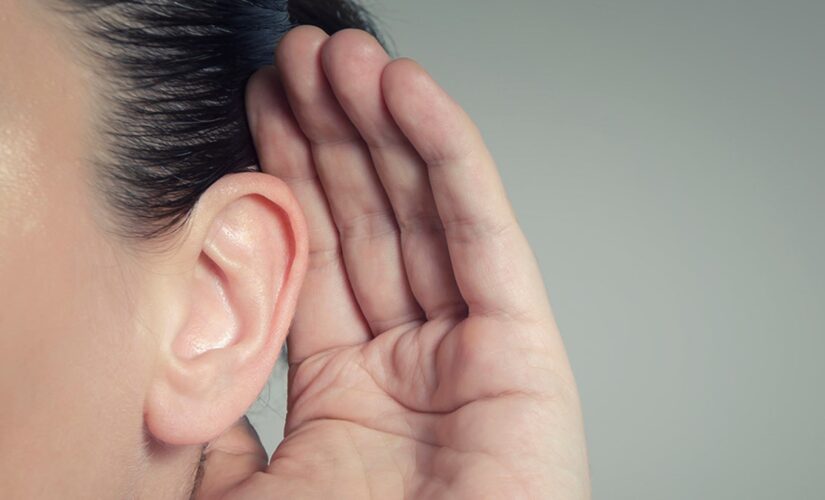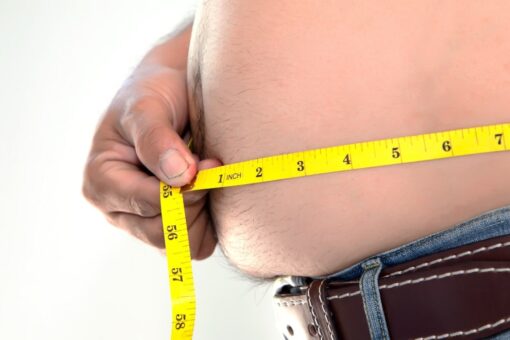The prevalence of unsafe listening practices from headphones, earbuds and attendance at loud music venues may range from 24% to 48% in young people ages 12-34 years old, according to recent research published in BMJ Global Health.
This suggests that more than 1 billion teens could be at risk for hearing loss.
“Results from this study show that unsafe listening is common in adolescents and young adults and highlight the need to implement policy and public health initiatives to reduce unsafe listening,” lead author Dr. Lauren Dillard told Fox News Digital.
APPLE AIRPODS THE CHEAPER ALTERNATIVE TO HEARING AIDS?
“Doing so requires the engagement of governments, industry and other stakeholders,” added Dillard, who is a consultant to the World Health Organization (WHO) and a postdoctoral fellow at the Medical University of South Carolina.
“Individuals should also be aware of the risks of unsafe listening and take steps to reduce their exposure to loud recreational noise if they engage in unsafe listening practices.”
The researchers reviewed research databases for studies published in English, French, Spanish and Russian involving those ages 12 to 34 years old.
(iStock)
Over 430 million people around the world currently have disabling hearing loss, according to the World Health Organization.
The prevalence of unsafe listening practices or the global number of young people who engage in unsafe listening practices is not available in published literature, according to the study.
The study did not measure hearing loss directly.
The researchers reviewed research databases for studies published in English, French, Spanish and Russian — involving 12-34 year-olds — that reported on objectively measured device output levels and length of exposure of personal listening devices (PLDs).
What is a meta-analysis?
They conducted a meta-analysis, which is “an approach that can be used to systematically synthesize data from multiple high-quality studies to come up with a single estimate or conclusion,” Dillard told Fox News Digital.
The study defined the risk of hearing loss based on the loudness of the sound level and how long an individual is listening to the sound.
(iStock)
“In this study, we used a meta-analysis to estimate the prevalence of unsafe listening practices among adolescents and young adults aged 12-34 years,” added Dillard.
“More broadly, this provides us with an estimate of the proportion of individuals aged 12-34 years [who] are listening to music at levels that are considered to be unsafe — and therefore may be putting themselves at risk for developing hearing loss.”
The study defined the risk of hearing loss, she noted, based on the loudness of the sound level and how long an individual is listening to the sound.
Included were 33 studies, which involved 19,046 participants among 17 records focused on personal listening device use and 18 records focused on loud entertainment venues.
The study did not measure hearing loss directly.
Included were 33 studies, which involved 19,046 participants among 17 records focused on PLD use and 18 records focused on loud entertainment venues.
Prevalence of unsafe listening practices
“The pooled prevalence estimate of exposure to unsafe listening from [personal listening devices] was 23.81%,” per the study.
When the study evaluated unsafe listening practices due to loud entertainment venues, it was “more challenging to condense results from individual studies into a single estimate,” Dillard said.
The lead author of the new study told Fox News Digital that the researchers evaluated “only studies that objectively measured sound levels and duration of noise exposure.”
(iStock)
To study the impact of loud entertainment venues, the researchers evaluated “only studies that objectively measured sound levels and duration of noise exposure,” she added.
“We then used mathematical modeling to equate the definitions of noise exposure across those studies and used that information to compute a prevalence estimate of individuals exposed to loud sounds from entertainment venues.”
This model based on intensity thresholds and exposure duration found the prevalence estimate as 48.20%.
Over a billion young people may be at risk, though the study has limitations
Given that the estimated global population of 12-34-year-olds in 2022 is approximately 2.8 billion, the study extrapolated that “the global estimated number of young people who could be at risk of hearing loss from exposure to unsafe listening practices ranged from 0.67 to 1.35 billion.”
But the study could “not conclusively say how many of these individuals will develop hearing loss as a result from these unsafe listening practices,” Dillard said.
Consider turning down the volume and listening to music “for shorter periods of time.”
The study also had other limitations, including a lack standardized of research methodology among the studies included — especially the ones focused on loud entertainment venues.
How can young people reduce exposure to loud sounds?
Dillard recommended that people listen “to music at lower volumes and for shorter periods of time [and use] noise-canceling headphones (if available) to reduce background noise.” That way, they are “less likely to turn the sound up to overcome loud background noise.”
She added, “Noise-canceling headphones may be beneficial, because individuals do not need to turn up the volume to overcome excessive background noise, which would result in a higher sound level.”
She also suggested using hearing protection at loud concerts and standing a distance away from the sound source at concerts.
CLICK HERE TO SIGN UP FOR OUR LIFESTYLE NEWSLETTER
“If your device says you are listening at unsafe levels, turn down the volume and listen to music for shorter periods of time,” she added.
“If the music feels uncomfortably loud, your ears are ringing or it’s difficult to hear after listening to music through headphones or attending a concert — this is a sign that the music is too loud.”
CLICK HERE TO GET THE FOX NEWS APP
She noted the World Health Organization provides guidance through its “Make Listening Safe” initiative on its website, at www.who.int/activities/making-listening-safe.




